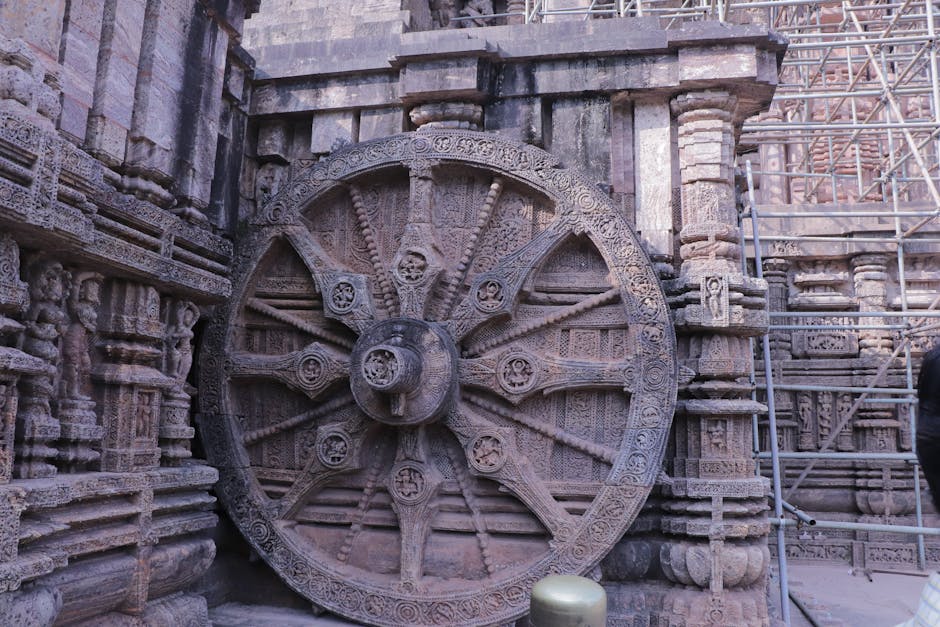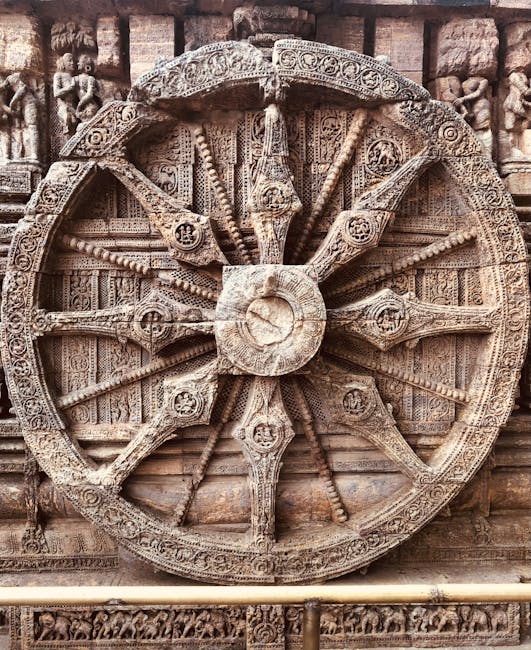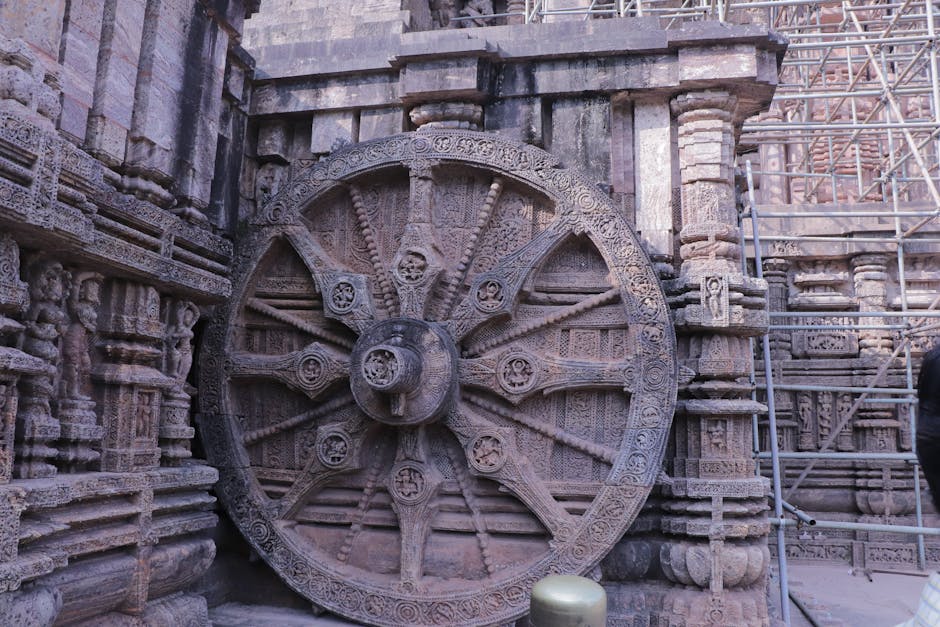The Wheel of Time: A Deep Dive into Robert Jordan’s Epic Fantasy Saga
Robert Jordan’s Wheel of Time series stands as a monumental achievement in the fantasy genre, a sprawling epic that captivated millions with its intricate world-building, compelling characters, and a storyline that spans fourteen novels and numerous companion books. This deep dive explores the series’ key elements, its enduring appeal, and its lasting impact on the fantasy landscape.

The World of the Wheel of Time: A Tapestry of Magic and Intrigue
The world of Randland, the setting for The Wheel of Time, is breathtaking in its scope and detail. Jordan meticulously crafted a richly detailed world, complete with its own unique geography, cultures, languages, and history. From the vast Aiel Waste to the lush forests of the Two Rivers, every region possesses its own distinct identity and plays a crucial role in the unfolding narrative.
The magic system, known as the One Power, is equally complex and fascinating. It’s a powerful force channeled by both men and women, known as Aes Sedai and Asha’man respectively, but with a dark and treacherous nature, capable of corruption and immense destruction. The intricate rules and limitations governing the One Power add a layer of depth and strategic complexity to the battles and conflicts throughout the series.
The Aes Sedai and the Power Struggle
The Aes Sedai, women who channel the One Power, are a central element of the series. They are powerful and influential, but also often portrayed as arrogant and manipulative, leading to mistrust and conflict among the characters and within their own organization. Their internal politics and power struggles add another layer of intrigue and complexity to the overarching narrative. The introduction of Asha’man, male channelers, drastically alters the dynamics of the One Power and its wielders, raising the stakes and adding new challenges to the characters.
The Characters: A Multitude of Personalities
The sheer number of characters in The Wheel of Time is staggering, yet Jordan manages to create memorable and relatable figures, each with their own flaws, strengths, and motivations. The central characters – Rand al’Thor, Mat Cauthon, Perrin Aybara, and Egwene al’Vere – are particularly well-developed, undergoing significant transformations throughout the series. Their journeys of self-discovery and personal growth are a significant part of the story’s appeal.
The Dragon Reborn and the Prophecy
Rand al’Thor, the Dragon Reborn, is at the heart of the prophecy that dictates the fate of the world. His journey from a humble farm boy to a powerful, almost god-like figure is a captivating arc, fraught with challenges and moral dilemmas. The weight of the world rests on his shoulders, forcing him to make difficult choices with profound consequences.
Other characters like Mat and Perrin provide crucial support and their own compelling narratives, showcasing different aspects of the world and its challenges. The development of Egwene, from a village girl to a powerful Aes Sedai leader, also highlights the complex roles women play in this world. Each character adds depth and dimension to the vast tapestry of the story.
The Plot: A Complex and Multilayered Narrative
The plot of The Wheel of Time is incredibly complex and multifaceted. It unfolds over thousands of pages, with numerous subplots and intertwined storylines that gradually converge towards a climactic confrontation. This sprawling narrative, while occasionally demanding of the reader’s attention, ultimately creates a sense of scale and epic grandeur that few fantasy series achieve.
The Shadow and the Dark One
The central conflict revolves around the Shadow, the forces of darkness led by the Dark One, a malevolent entity imprisoned in the heart of the world. The Dark One’s attempts to break free and plunge Randland into eternal darkness propel the plot forward, creating a sense of constant urgency and tension.

The Wheel of Time and the Cyclical Nature of History
The concept of the Wheel of Time itself, a metaphor for the cyclical nature of history and the constant struggle between light and darkness, adds a philosophical depth to the series. This underlying theme provides a framework for understanding the events of the story and adds a layer of meaning to the characters’ actions and motivations. The constant reminder that history repeats itself adds weight and urgency to their decisions.
The Legacy of The Wheel of Time
Despite Robert Jordan’s passing before completing the series, Brandon Sanderson successfully finished the final installments, ensuring that the story found its conclusion. The series’ impact on the fantasy genre is undeniable. Its influence can be seen in countless other works, and its fans continue to discuss and analyze its complexities years after its conclusion. The vast world, memorable characters, and epic scope of The Wheel of Time have cemented its place as a cornerstone of modern fantasy literature.
The series remains a testament to the power of storytelling, showcasing the ability of a well-crafted narrative to transport readers to another world and engage them with a story that spans generations. Its legacy as a monumental achievement in the fantasy genre is secure, and its enduring appeal speaks volumes about its quality and impact.


